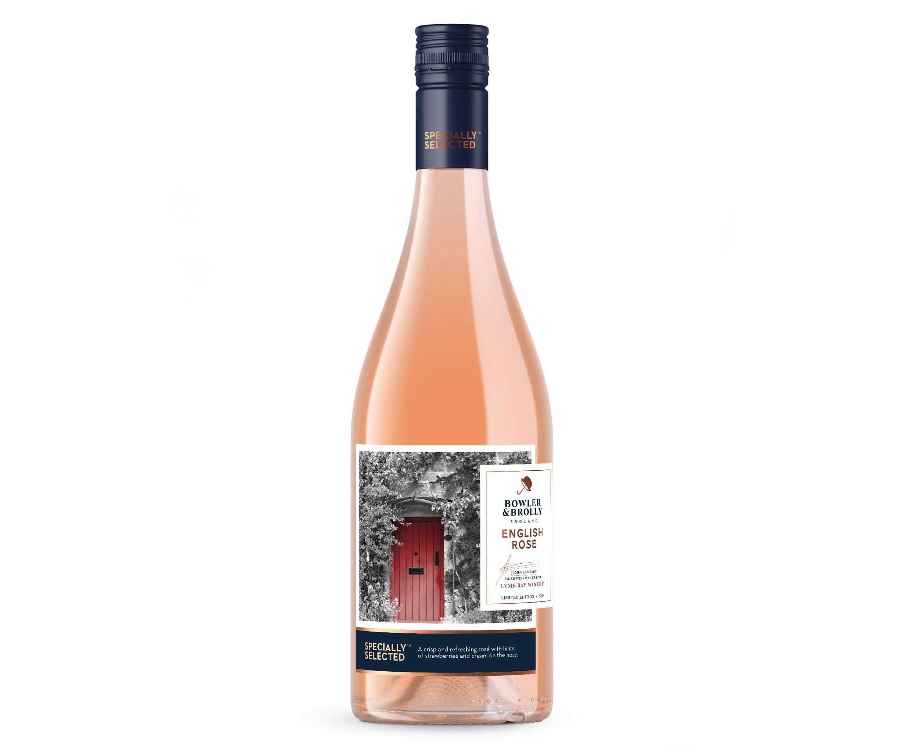
The Guardian Newspaper has an article by Hannah Crosbie that explores the dominance of Provence in the rosé wine market, noting that many people mistakenly believe rosé is only made there. However, rosé is produced worldwide, offering unique qualities that shouldn’t be overlooked.
Hannah encourages readers to explore rosés from different regions, which can offer distinctive flavours, colours, and aging potentials. To illustrate the diversity and quality available, the article provides examples of excellent rosés from outside Provence:
Specially Selected Bowler & Brolly English Rosé, priced at £5.99 (on offer, down from £9.99), available at Aldi. It is made from 100% Pinot Noir from Devon with an alcohol content of 13%.
G&L Rosé, Kintonis 2023, priced at £8.95, available from The Wine Society. This wine is a blend of Moschofilero, Roditis, and Agiorgitiko, with an alcohol content of 12.5%.
Pasqua 11 Minutes Rosé IGT Trevenezie, priced at £16.95, available from Jeroboams. This corvina-dominant rosé has an alcohol content of 12.5%.
Can Sumoi ‘La Rosa’ Rosé 2023, priced at £25, available from Shrine to the Vine. This Catalonian blend of Sumoll, Parellada, and Xarel-lo has an alcohol content of 12%.
The author Hannah Crosbie is a wine writer and broadcaster. Her book ‘Corker: A Deeply Unserious Wine Book‘, is published by Ebury Press at £16.99.













